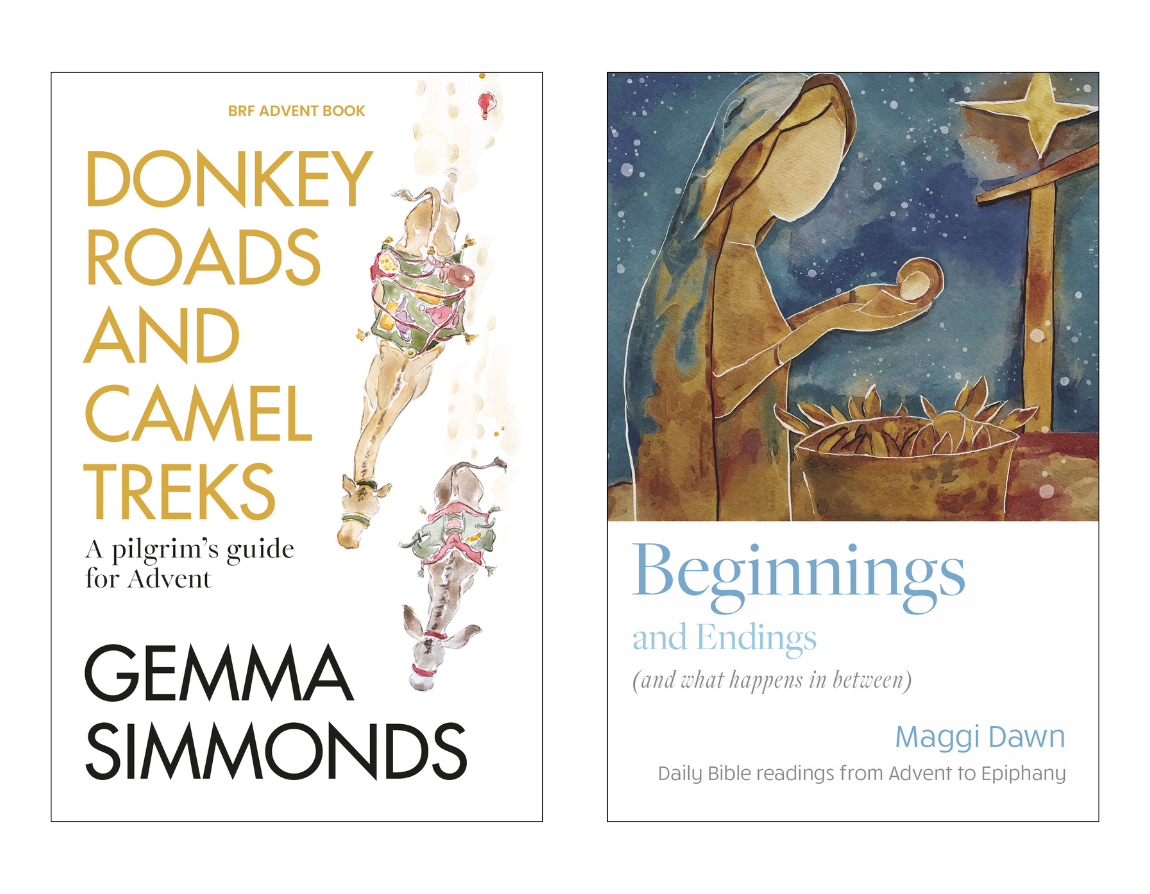In the Celtic Christian tradition, Advent lasted 40 days and began on the evening of 15 November, as David Cole explains in this extract from his book Celtic Advent.
23 November 2025
Active waiting
When we read the Old Testament, it is clear that the major feasts didn’t just happen; there was a time of preparation beforehand as well. In the time leading up to the feast or celebration where the people would get themselves ready to celebrate, they would prepare themselves inwardly as well as outwardly for the focus of the feast.
This is exactly what Advent is. The word itself comes from the Latin adventus, which means ‘arrival’. Like the arrival of any other baby, the waiting for the arrival of the birth of Jesus was not, and is not, idle anticipation, but active waiting.
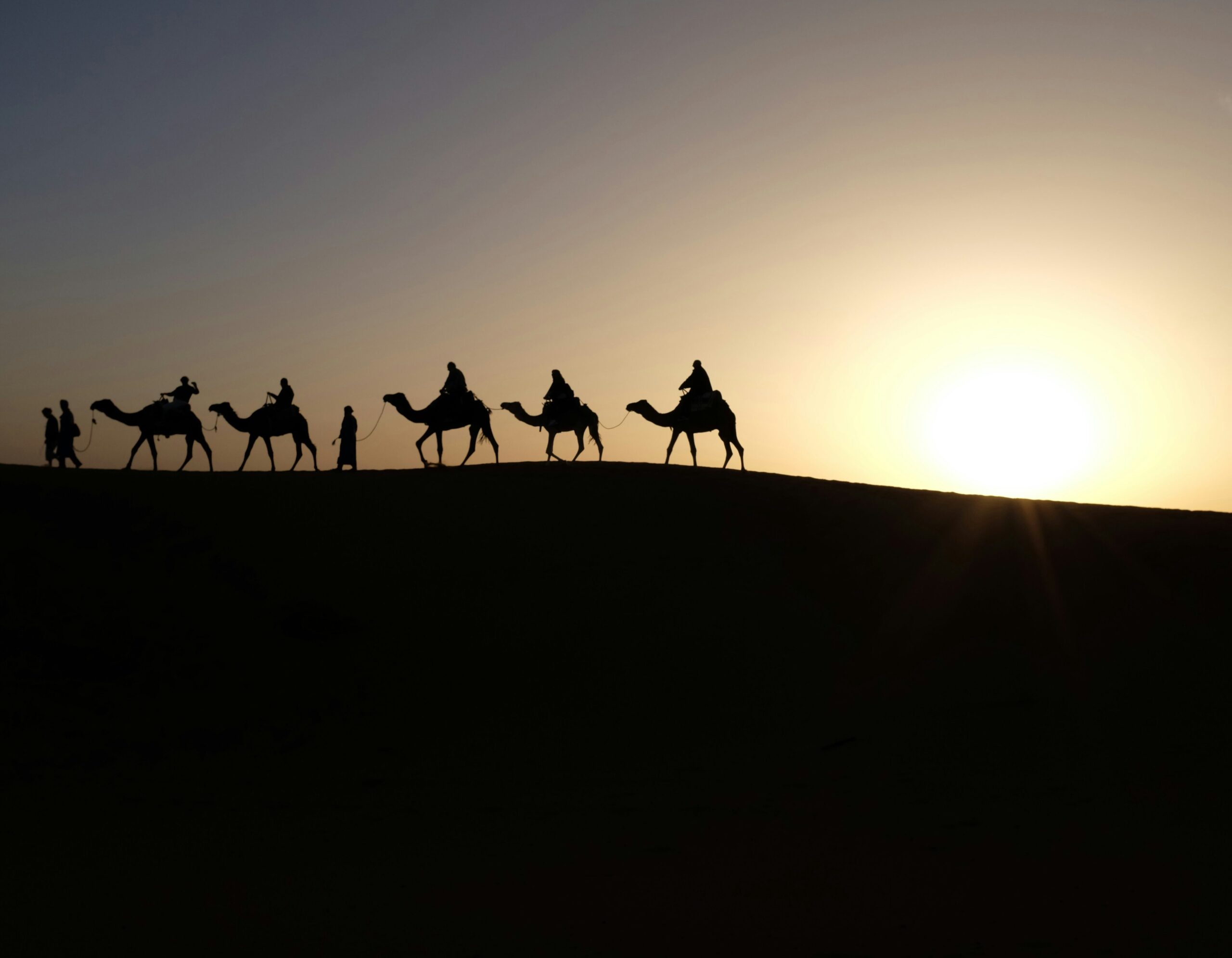
Waiting for the arrival of the birth of Jesus was not, and is not, idle anticipation.
The lesser Lent
Advent has two traditional start dates, depending upon your understanding. There is the traditional church date of the fourth Sunday before Christmas, and then there is the first day of December, when you open the first door of your Advent calendar. But in the ancient Celtic church of Britain and Ireland there was another date – 15 November, the evening of 15 November in fact.
The reason for this date was because 15 November is 40 days before Christmas (including Sundays, unlike the 40 days of Lent), and the Celtic church believed in the same significance of numbers as the Jewish faith. The Celtic church referred to the period of Advent as the ‘lesser Lent’ and believed that the period for preparation was important, just like the preparation of Lent leading up to Easter.
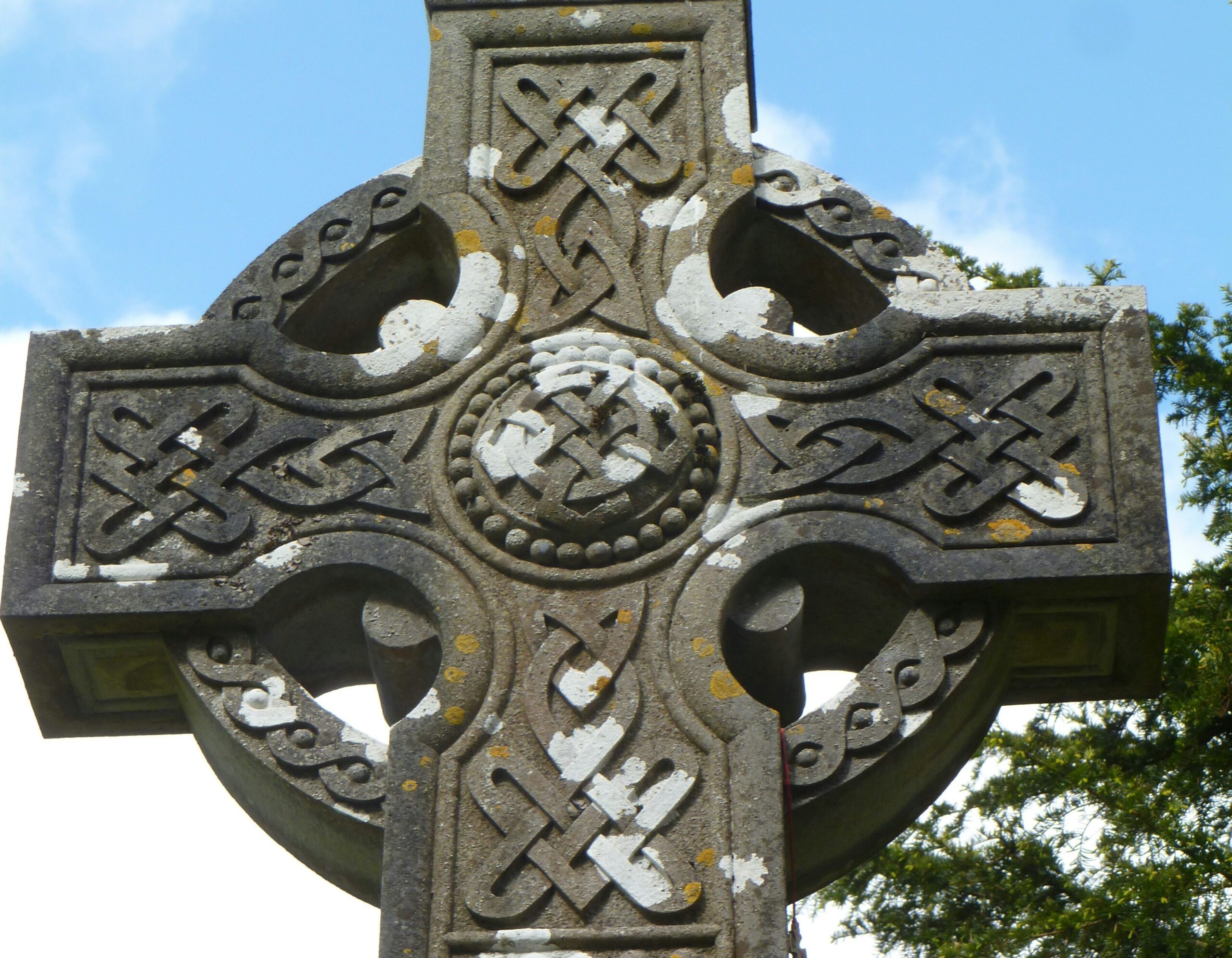
The Celtic church referred to Advent as the ‘lesser Lent’ .
The three comings of Christ
It is traditionally believed that the Celtic church, during this 40-day Advent, focused on what is called the three comings of Christ.
The first was the incarnation, which is what Christmas is all about.
The second was the coming of Christ into our own selves. This was not just a single event for the Celtic Christians, what the modern church may call ‘conversion’ or ‘becoming a Christian’, but it was a continual activity in every part of our lives on a daily basis. It might even need to happen multiple times a day, and in every decision that is made. This isn’t about eternal salvation; this is about Christ being intrinsically involved and interwoven in every part and aspect of our everyday lives.
The third coming is the return of Christ at the end of all things as we know it, as described in the book of Revelation.
We are already into the second week of the Celtic Advent period, but you can catch up on the first few days of David’s reflections.
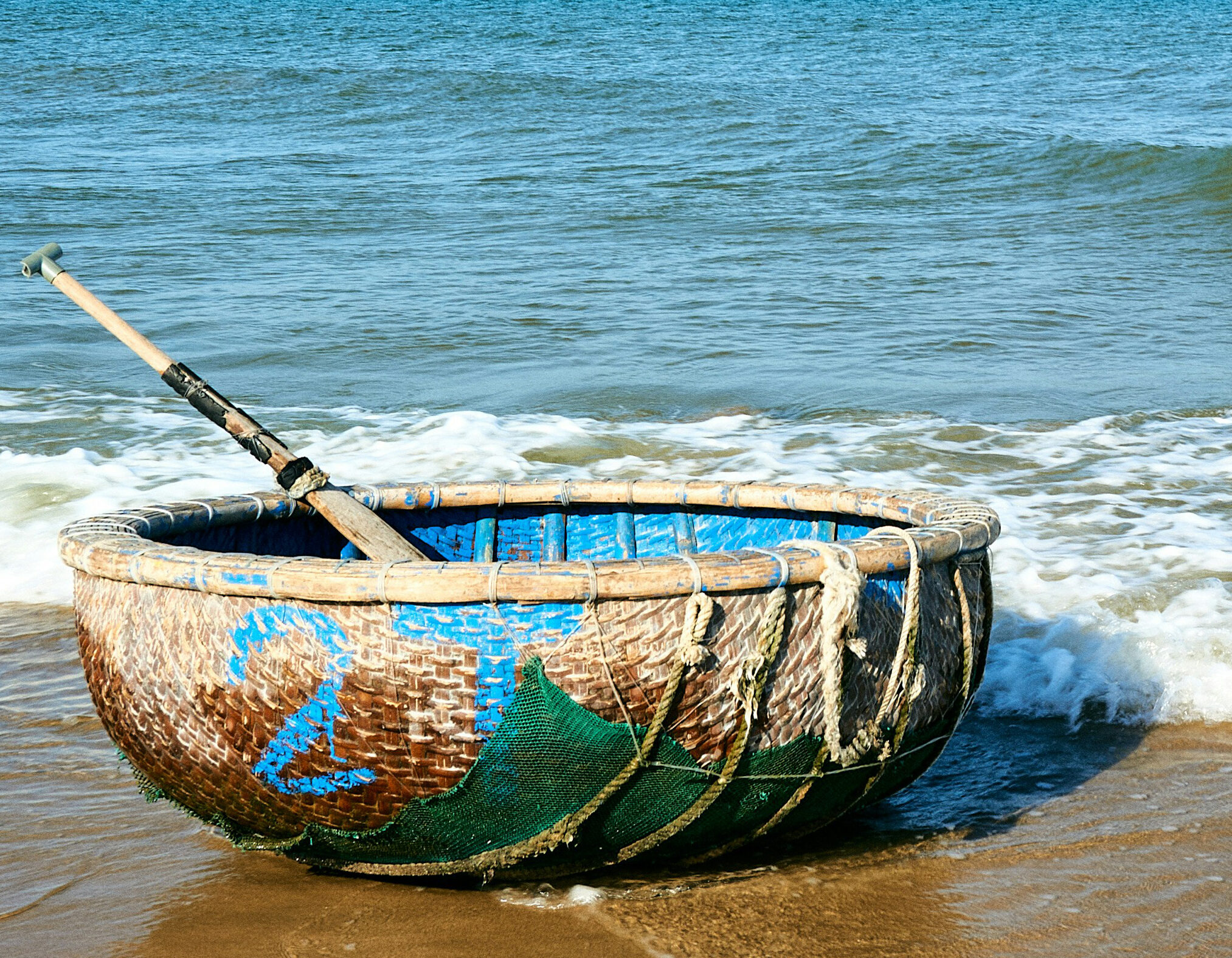
Many of the Celtic saints were adventurous travellers over great distances, frequently making long sea-going voyages in small craft.
Reflection for 23 November
So many of the Celtic saints took journeys and voyages. They were known as peregrini. ‘Peregrini’ means one who travels or wanders from place to place. It comes from the Latin peregrinus, which means ‘foreign’ or ‘travelling’. The Celtic saints took journeys across land and sea, both of which were hazardous in those days. They travelled between countries, leaving the mark of Christ wherever they went. In his book Voyages of the Celtic Saints, Graham Panes says this:
The Celtic saints were restless, energetic, adventurous people who thrived in the rough and tumble, chaotic, often dangerous world of post-Roman Britain… Many of the saints were adventurous travellers over great distances, frequently making long sea-going voyages in small craft over dangerous seaways… They undertook such arduous voyages and exposed themselves to such constant danger.
Although the Celtic saints travelled land and sea in dangerous times, they believed that they were following a divine call, and so were under the protective hand of God, as this poem attributed to Columba shows:
Alone with none but thee, my God, I journey on my way.
What need I fear when thou art near, Oh King of night and day?
More safe am I within thy hand
Than if a host should round me stand.

Wherever the Celtic saints travelled, they believed God was with them.
Three Irish monks
In the Anglo-Saxon Chronicles, one of the most significant historical documents of its age, there is a record of three Irish monks, Dubslane, Macbeth, and Maelinmum, landing on the shores of Cornwall who desired to ‘live in a state of pilgrimage, for the love of God, they recked not where’. We are told that they were in a small craft (a coracle) with no sail, no oars and no rudder.
They were taken to King Alfred (the Great) to explain why they had landed. They had been set out to sea by their fellow monks in Ireland with enough provisions for seven days, and believed that God would guide their craft to wherever it was supposed to go according to the divine plan. Wherever it landed, there they would begin their mission of sharing the gospel of Christ. It is assumed that this was not a one-off incident, but that this was a practice of the Celtic saints. Wherever they travelled, they believed God was with them.
In the part of the Christmas story we look at today, Mary and Joseph travel from Nazareth to Bethlehem. This too was a journey which had its dangers. Not an easy journey and one of over 60 miles across some difficult terrain. Although we don’t really know much about this journey (no little donkey to carry Mary is ever mentioned in the Bible, although it is a good assumption), we do know that both of these two people had an incredible faith in God and the divine plan that had been set out to them previously. We can intelligently surmise that, just like the Celtic saints, they would have taken this journey with total faith that God was with them and that God would protect them. Words like those from the above poem could have been on their lips.
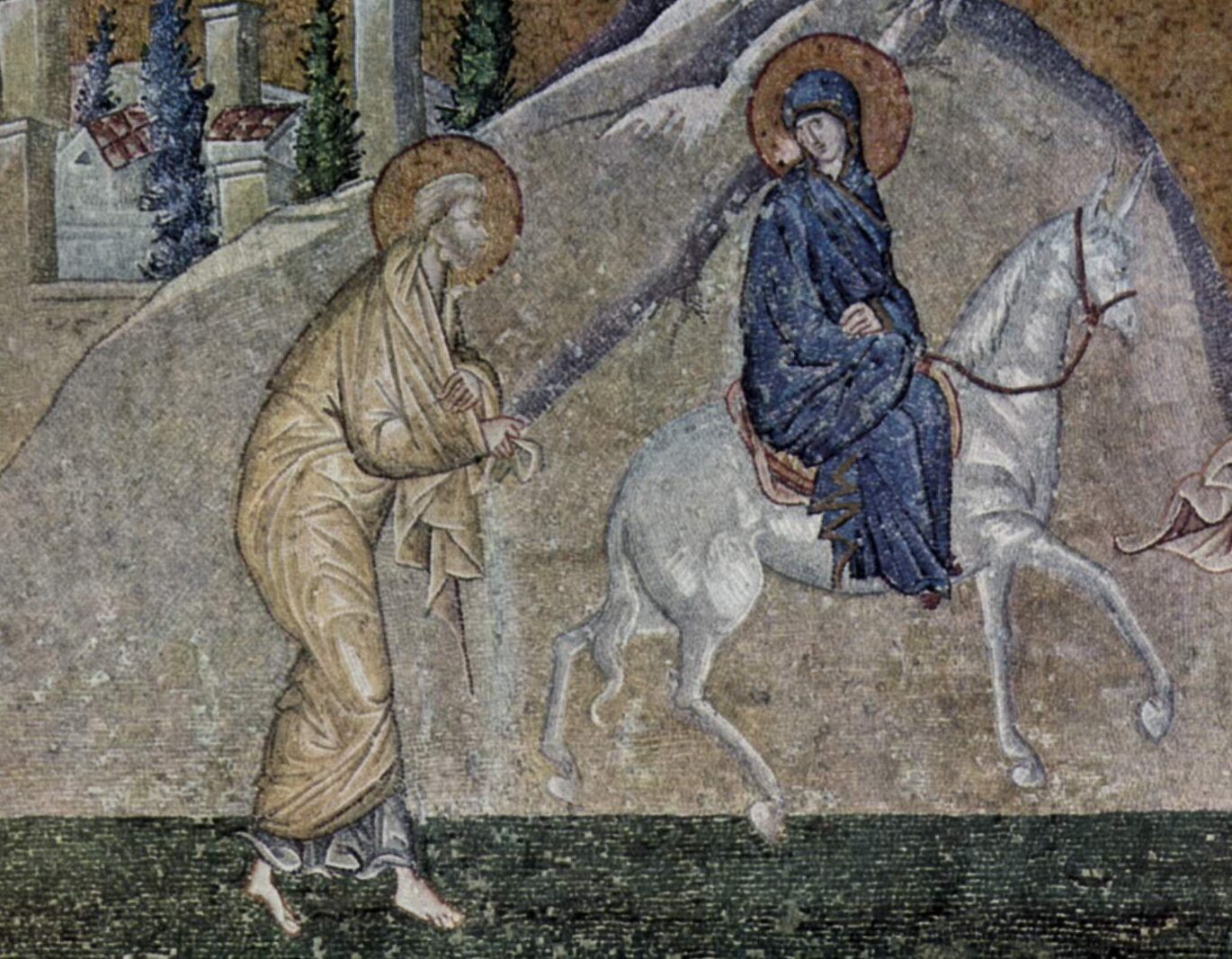
When we set out upon a journey, do we place ourselves, our companions and the journey itself into the divine hands?
Contemplation
In those days a decree went out from Emperor Augustus that all the world should be registered. This was the first registration and was taken while Quirinius was governor of Syria. All went to their own towns to be registered. Joseph also went from the town of Nazareth in Galilee to Judea, to the city of David called Bethlehem, because he was descended from the house and family of David. He went to be registered with Mary, to whom he was engaged and who was expecting a child.
Luke 2:1–5 (NRSV)
What sort of journeys do you take? These days, we probably don’t even think of what dangers might be out there. We are unlikely to be set upon by bandits or robbers as we drive the length of the country in our cars or when we take a boat or plane to another country, but there are still dangers.
When we set out upon a journey, do we place ourselves and our companions into the divine hands? Do we place the journey itself into the divine hands?
Spend a moment just contemplating any journey you may be about to face, short or long, perhaps to see family or friends over Christmas. Practise placing this journey into God’s hands. Keep this practice in each journey you take.
Scripture quotation taken from New Revised Standard Version Bible: Anglicised Edition, copyright © 1989, 1995 the Division of Christian Education of the National Council of the Churches of Christ in the United States of America. Used by permission. All rights reserved.



